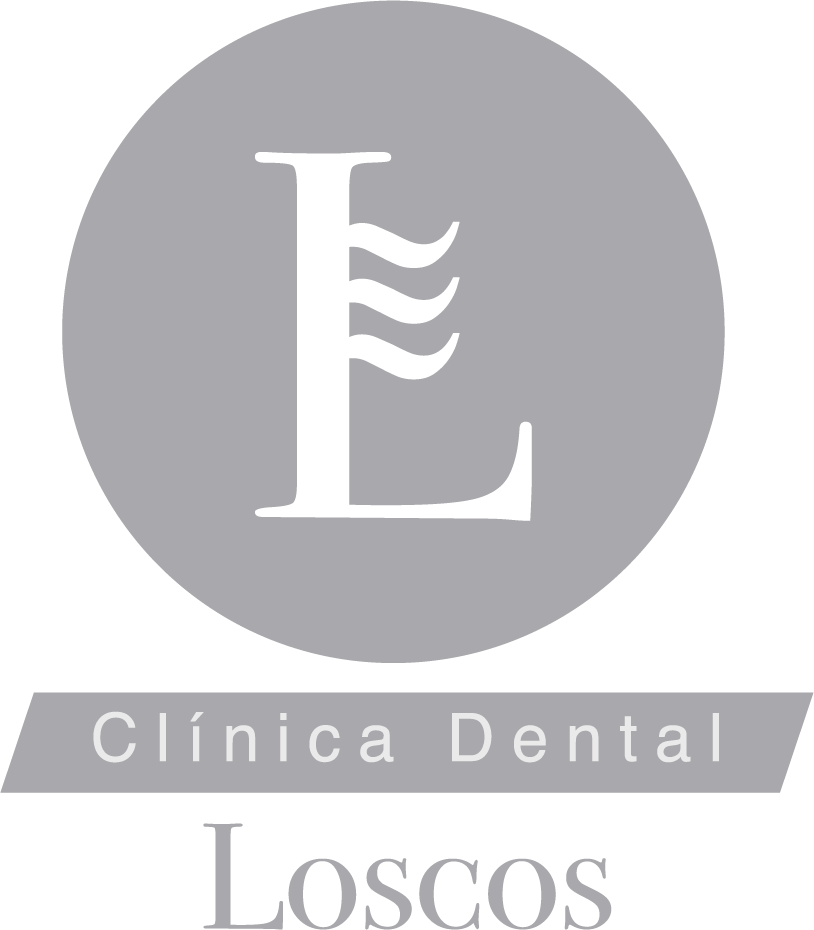Temporomandibular joint pain (TMJ)
The great stress that is experienced in our days together with other reasons causes that a large part of headaches (headaches) come from the mouth, nearby areas or the tempromandibular joint (which is what allows the mouth to move) and that we can help you solve.
The temporo mandibular joint has been a joint that has not been taken into account for a long time.
Currently, the importance of the disorders of this articulation in the daily life of the population is increasingly recognized.
It remains an undiagnosed alteration, either due to ignorance of it or because it is expressed as a pain referred to other areas such as ear, neck, jaw, head, cervical spine or shoulder girdle.
What is temporomandibular dysfunction?
It is called temporomandibular dysfunction to different clinical alterations that can affect masticatory muscles, temporomandibular joint and associated structures.
Being an alteration of an articulation can present traumatic, functional, inflammatory, degenerative, developmental or hereditary pathology.
The most frequent intra articular pathology is the alteration of the mobility and the position of the disc. Alterations that affect the joint can also be reflected in the TMJ. The most common symptom of TMJ pathology is localized pain in the joint and / or masticatory muscles.
Limitation is also common when opening the mouth and / or other movements of the mouth, as well as noise in the joint. There may also be discomfort in other areas, such as ear and jaw, as well as headache and / or pain referred to back and neck.
Signs and symptoms of mandibular dysfunction
The signs and symptoms that can guide us or make us suspect that we have a dysfunction are:
- Difficulty and / or pain when opening the mouth (as when yawning)
- Jaw locked fixed or off-site.
- Difficulty and / or pain when chewing or talking.
- Noises or clicks when opening, closing or chewing.
- Rigidity or tightness and fatigue in the maxillary area.
- Earache or around them, or in the part of the temples.
- Frequent headaches, neck or tooth pain.
- Changes in the way of biting, sensitive and worn teeth.
- Chronic pain without apparent cause in cervical and back.
What is the treatment of the pain of the Mandibular Tempor Articulation?
- Pharmacological (ibuprofen, muscle relaxants)
- Muscular rehabilitation (electrotherapy, manipulation, habits and diets education, postural correction exercises)
- Occlusals (splints, prostheses, orthodontics …)
- Arthrocentesis (washing, infiltrations …)
- Diagnostic arthroscopy and arthroscopic surgery
- Orthognathic surgery and conventional surgery techniques
- Psychology / Psychiatry (treatment of stress and the habit of squeezing teeth)
In many cases the pain remits or accentuates, because they are processes that vary depending on the circumstances of the individual, mainly the stress factor.
Most of the population can present clicks in their temporo mandibular joints that can remain stable or that will decrease with education of habits and diet, control of stress and especially with the help of a splint. The nocturnal relaxation plate is also useful in inflammatory and degenerative pathologies to reduce joint tensions, as well as in the postoperative period of arthroscopic surgery.
Arthroscopic surgery allows us to solve problems in which conservative treatment is insufficient. Arthroscopy also has a diagnostic role. In addition to treating the symptomatology, it is necessary to control other predisposing factors and control stress to achieve good results.



